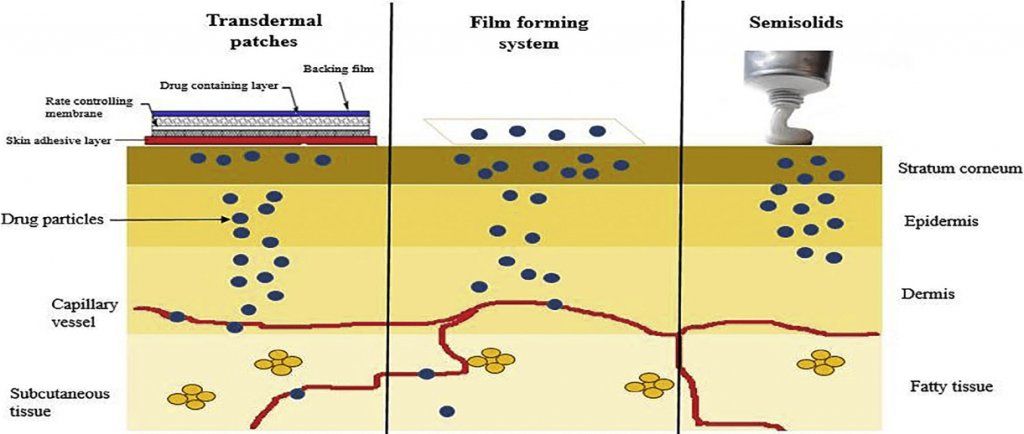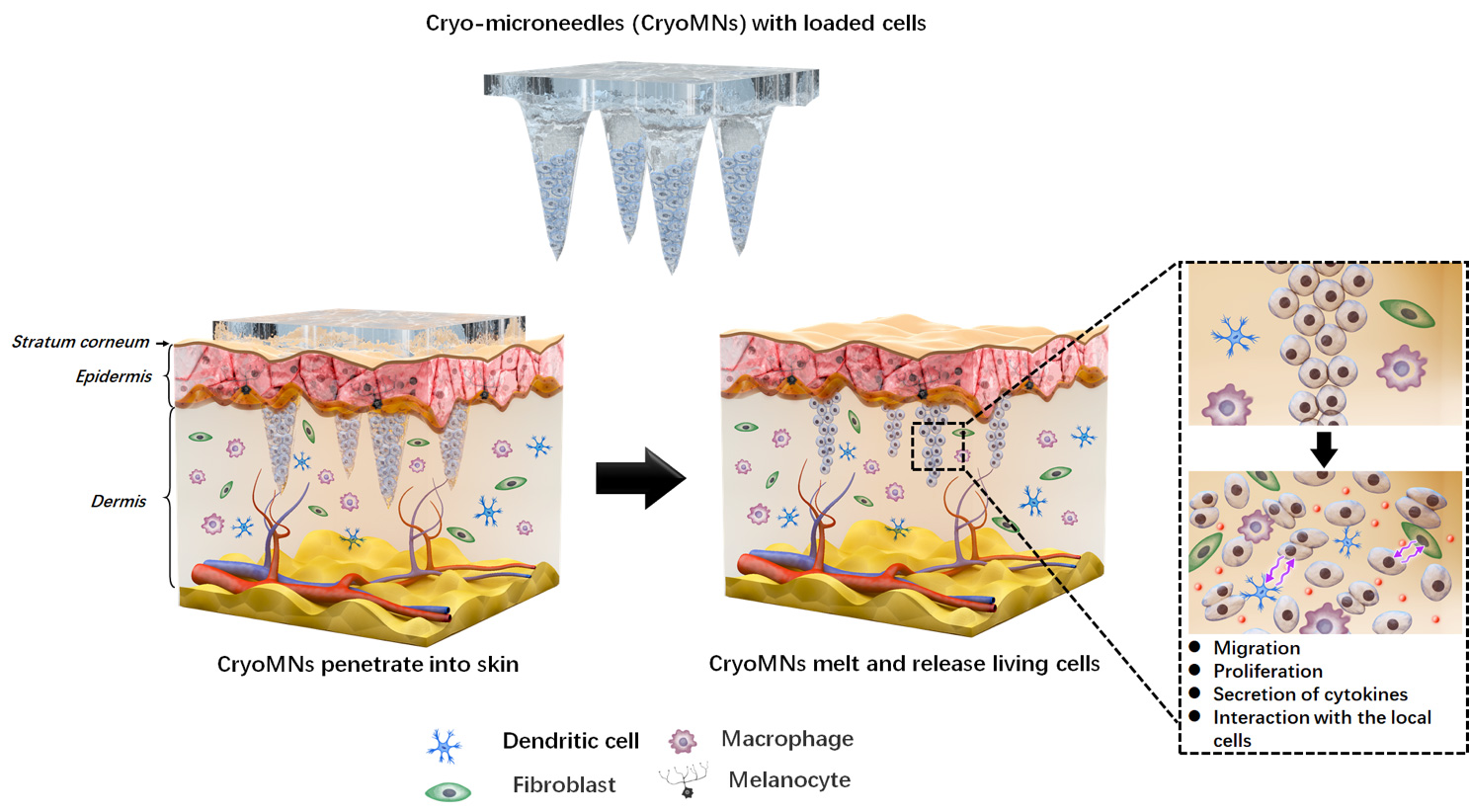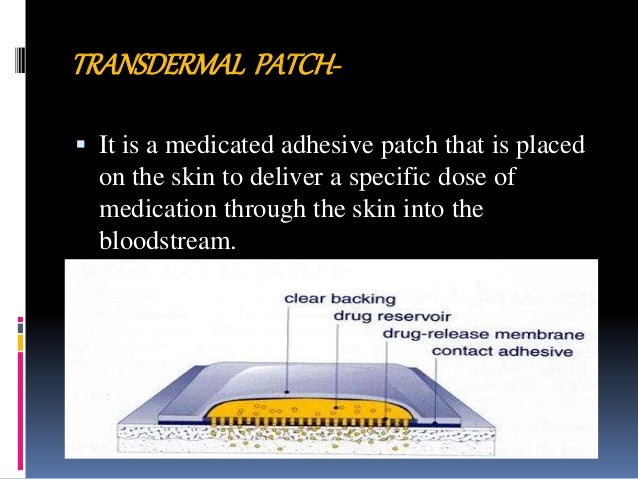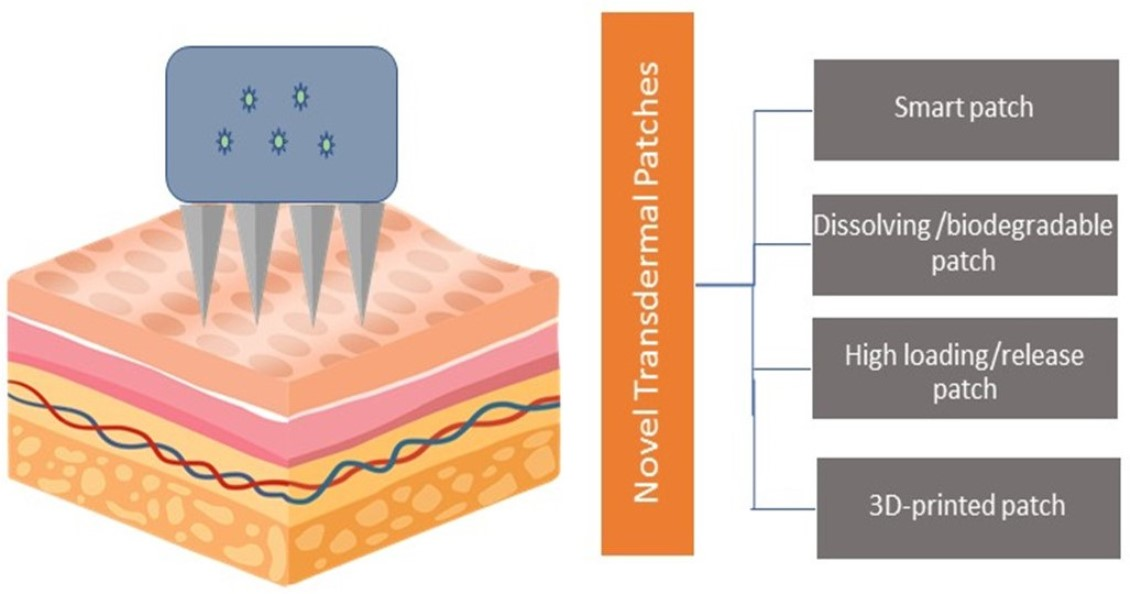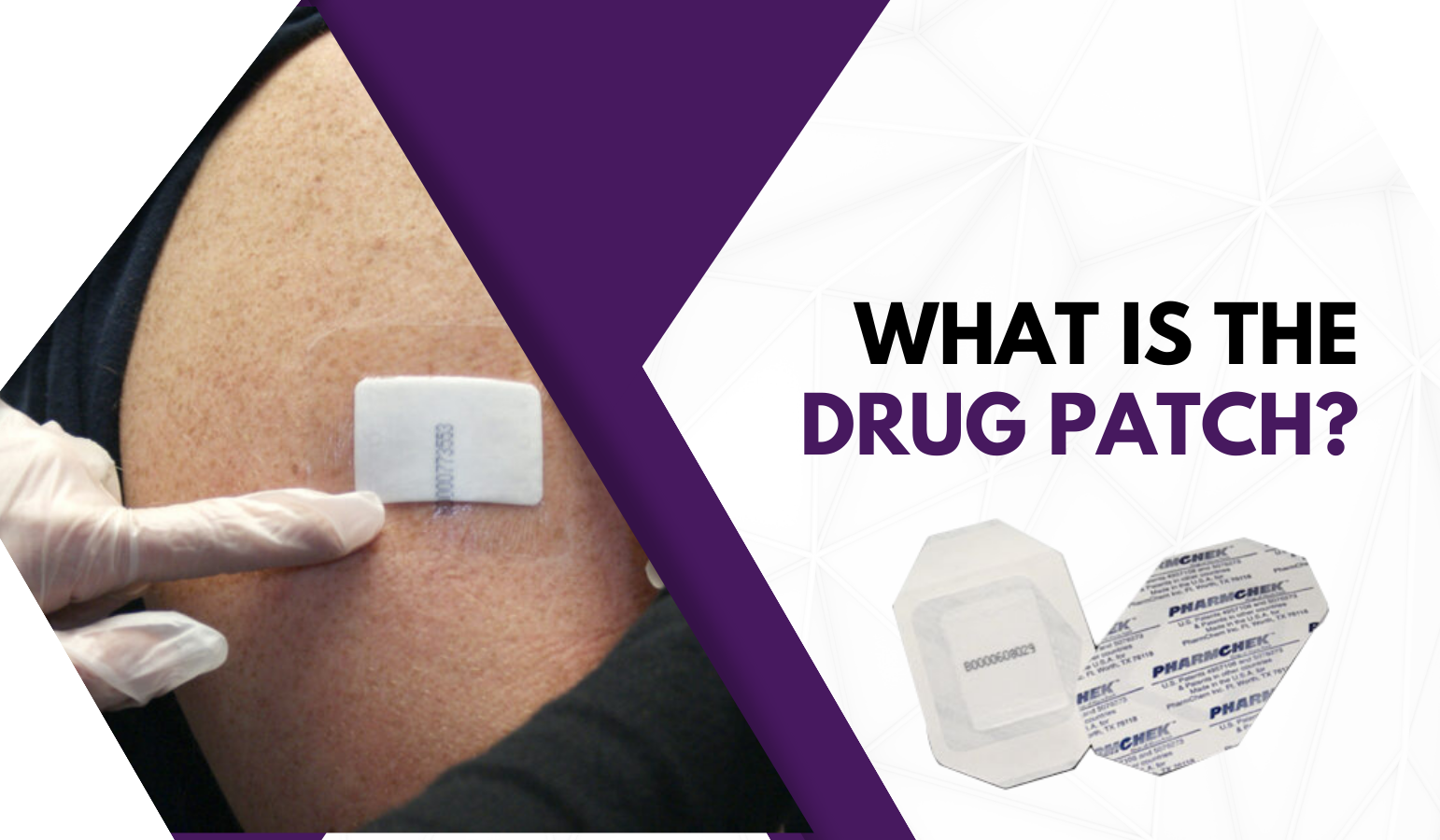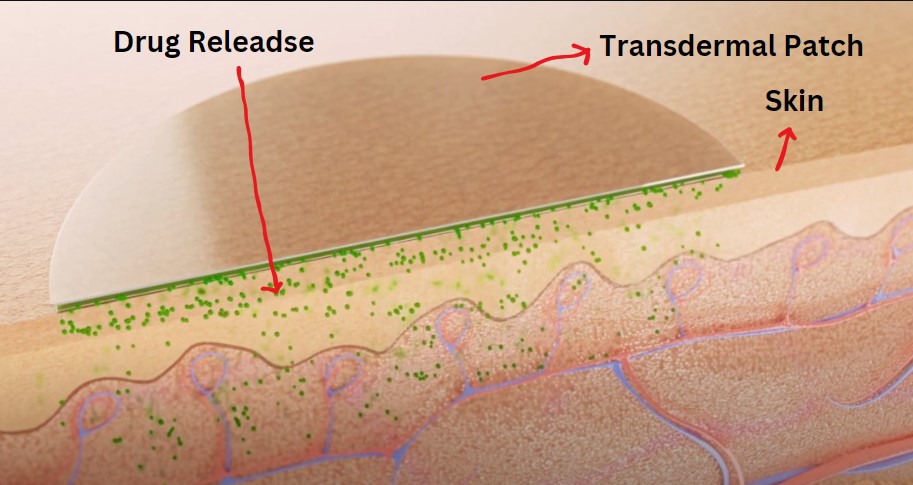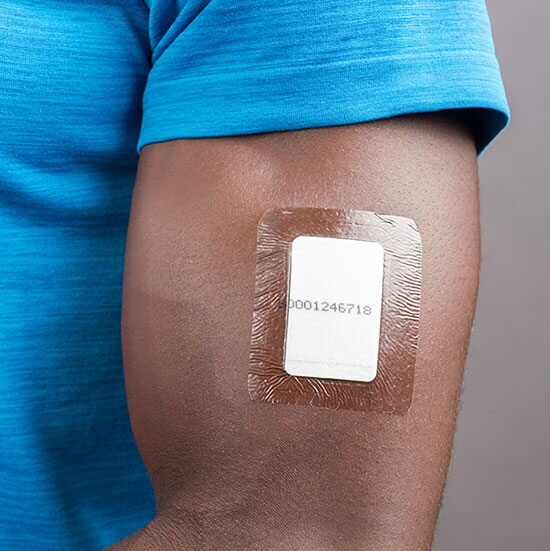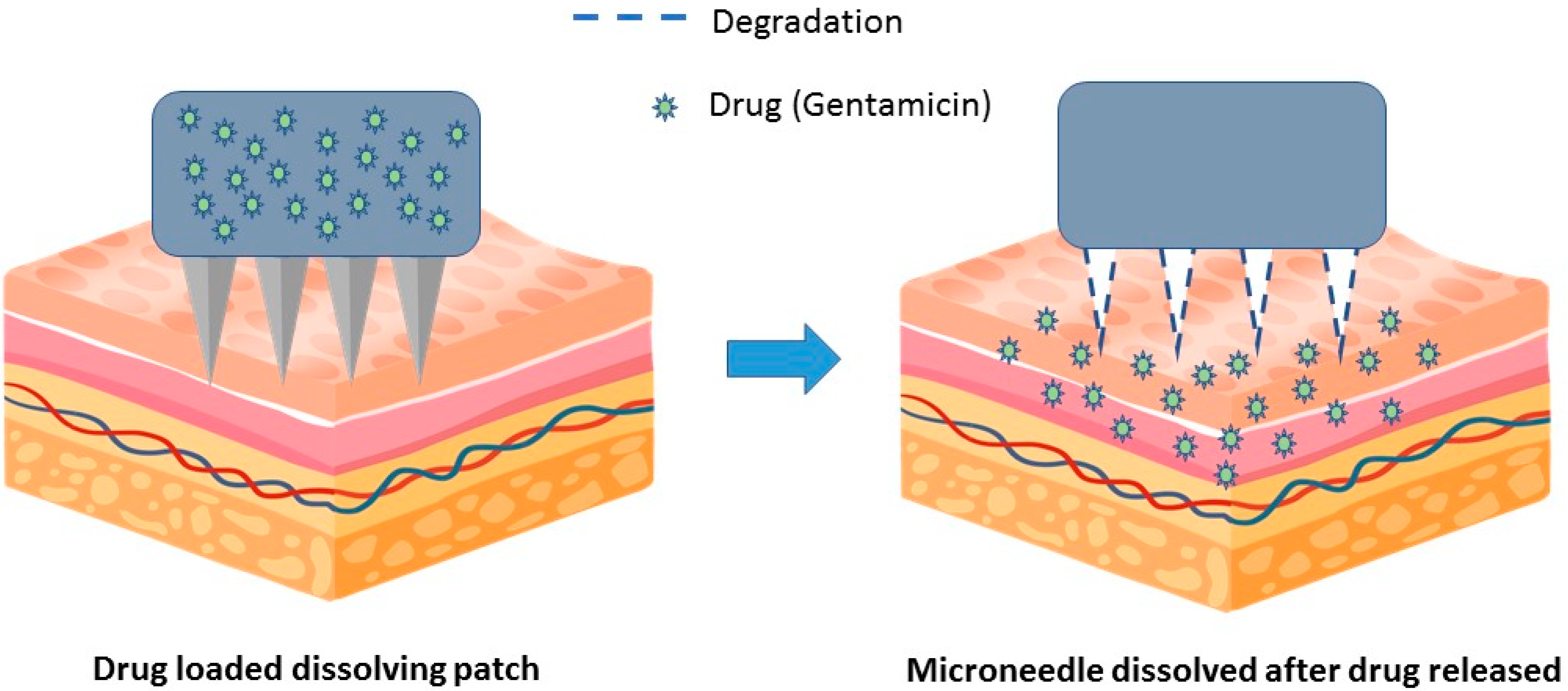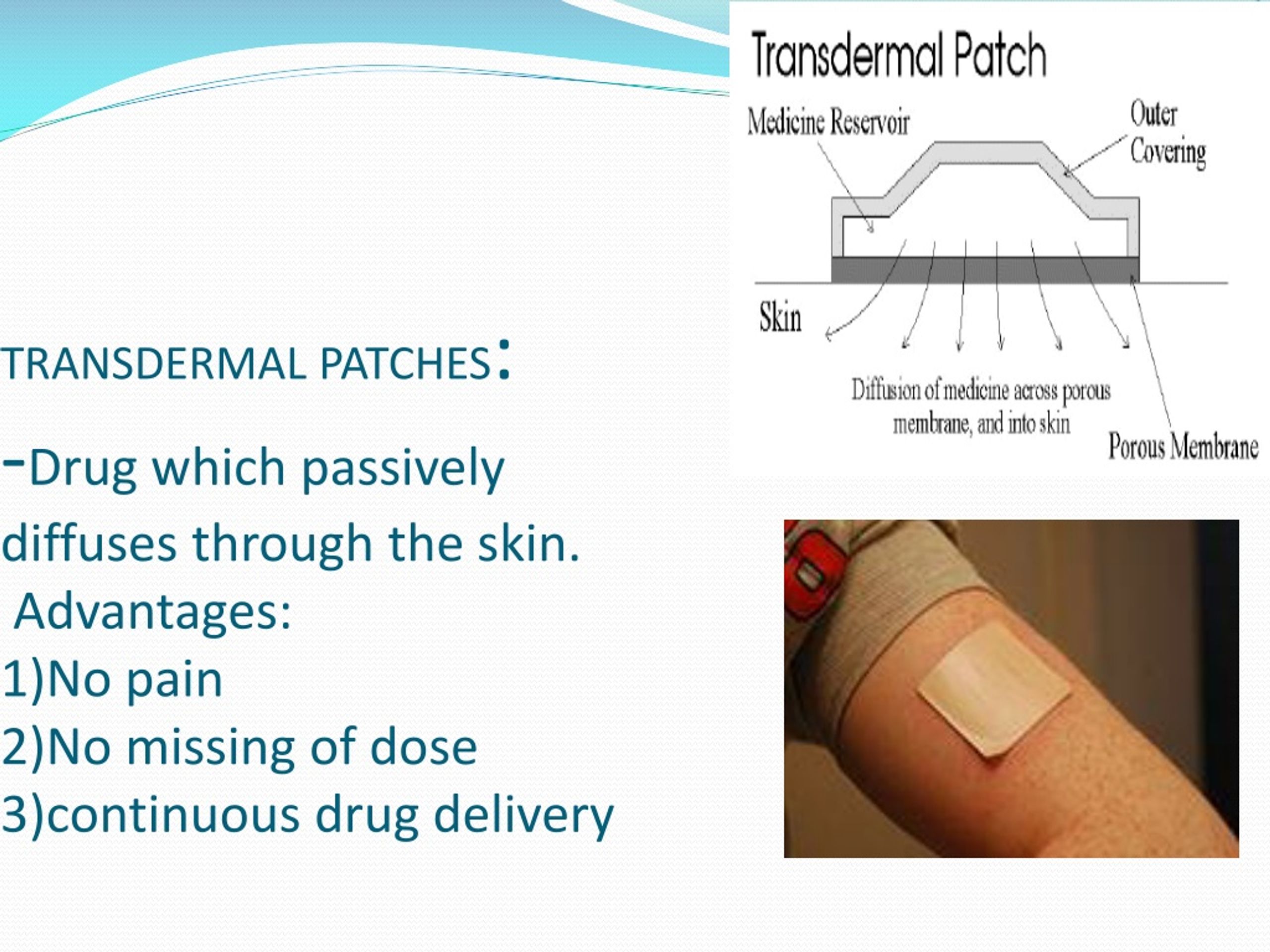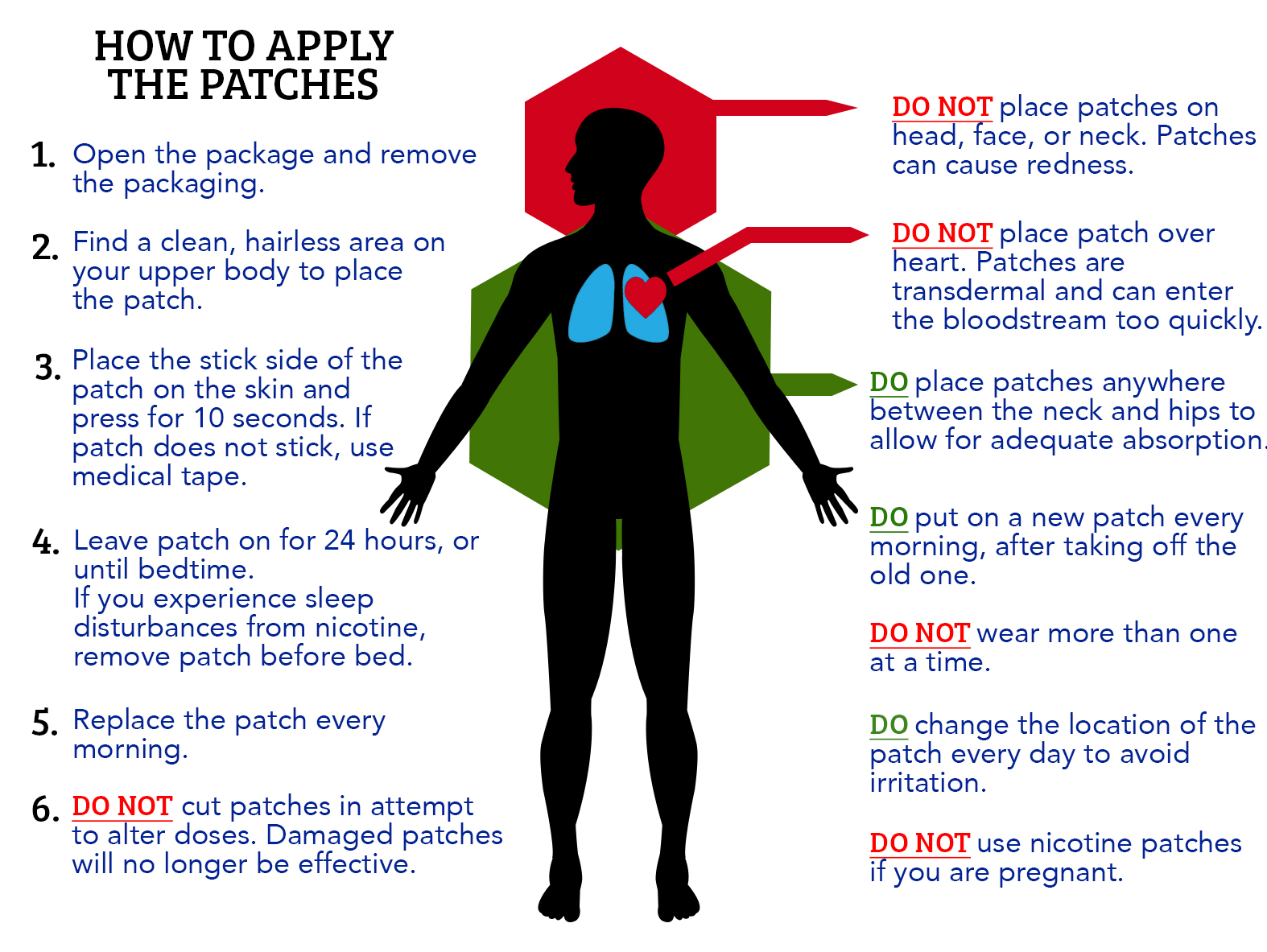How Does The Drug Patch Work
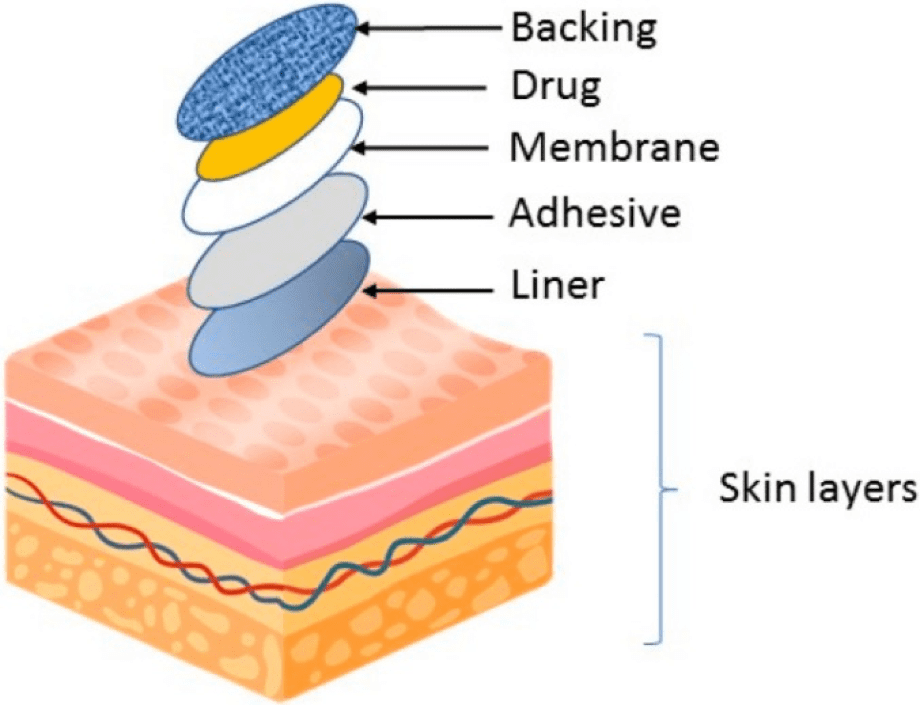
Imagine a world where taking medication is as simple as applying a sticker. No more struggling with pills, no more remembering dosages multiple times a day. Just a small, unobtrusive patch that quietly delivers the medicine your body needs, all day long. This isn't science fiction; it's the reality of transdermal drug delivery, and it's changing how we think about medication.
This article will delve into the fascinating world of drug patches, exploring the science behind their effectiveness, the different types available, and their potential impact on healthcare. We'll uncover how these innovative devices work on a molecular level and discuss their advantages and limitations compared to traditional drug delivery methods.
A Brief History of Transdermal Technology
The concept of transdermal drug delivery isn't entirely new. Ancient cultures used topical remedies, applying herbs and other substances to the skin for medicinal purposes.
However, the modern drug patch, as we know it, emerged in the late 20th century. In 1979, the FDA approved the first transdermal patch, designed to treat motion sickness. This marked a significant milestone, paving the way for further research and development in this field.
The success of the initial patch spurred scientists and pharmaceutical companies to explore the potential of transdermal delivery for a wider range of medications. Over the following decades, advancements in materials science and drug formulation led to the development of patches for pain management, hormone replacement therapy, smoking cessation, and more.
The Science Behind the Stick
So, how exactly does a drug patch work? The process is more complex than simply sticking a medicated bandage on your skin. Several factors contribute to the patch's effectiveness, including the drug's properties, the design of the patch, and the condition of the patient's skin.
The basic principle involves diffusion: the movement of molecules from an area of high concentration to an area of low concentration. In the case of a drug patch, the medication is concentrated within the patch, and it gradually diffuses across the skin and into the bloodstream.
The skin, however, is a formidable barrier. It's designed to protect us from the outside world, preventing harmful substances from entering our bodies. The outermost layer, the stratum corneum, is particularly resistant to penetration. Therefore, drug patches must be carefully designed to overcome this barrier.
Components of a Drug Patch
A typical drug patch consists of several layers, each serving a specific purpose.
The backing layer provides structural support and protects the patch from external contamination. This layer is usually made of a flexible, waterproof material.
The drug reservoir contains the medication, either in a matrix or a liquid formulation. The reservoir controls the rate at which the drug is released.
The adhesive layer secures the patch to the skin, ensuring consistent contact and drug delivery. This layer is designed to be hypoallergenic and non-irritating.
The release liner protects the adhesive layer before application. It's removed just before the patch is applied to the skin.
Mechanisms of Drug Delivery
There are primarily two main types of transdermal patches: matrix patches and reservoir patches.
Matrix patches have the drug evenly dispersed within the adhesive layer or a separate polymer matrix. As the adhesive comes into contact with the skin, the drug gradually diffuses out of the matrix and into the bloodstream.
Reservoir patches contain a separate reservoir of the drug in liquid or gel form, separated from the skin by a rate-controlling membrane. The membrane regulates the flow of the drug from the reservoir to the skin.
Some advanced patches also utilize permeation enhancers, chemical substances that temporarily increase the permeability of the skin, allowing for better drug absorption. These enhancers work by disrupting the structure of the stratum corneum, making it easier for the drug to pass through.
Advantages of Transdermal Drug Delivery
Drug patches offer several advantages over traditional methods of drug delivery, such as oral pills or injections. These advantages contribute to improved patient compliance and overall treatment outcomes.
One key benefit is sustained drug release. Patches deliver a steady, controlled dose of medication over an extended period, eliminating the peaks and valleys associated with oral medications. This can lead to more consistent therapeutic effects and fewer side effects.
Transdermal delivery also bypasses the gastrointestinal tract, preventing drug degradation in the stomach and liver. This is particularly important for drugs that are poorly absorbed or easily metabolized when taken orally.
Patches are non-invasive and painless, making them a more appealing option for many patients, especially those who are afraid of needles or have difficulty swallowing pills. This can lead to better adherence to treatment plans.
Patches offer improved patient convenience and compliance. Patients don't have to remember to take medication multiple times a day, and they can discreetly wear the patch without disrupting their daily activities.
Limitations and Considerations
Despite their advantages, drug patches also have limitations. Not all drugs are suitable for transdermal delivery. The drug must be potent enough to be effective in small doses, and it must be able to penetrate the skin effectively.
Skin irritation is another potential concern. Some individuals may experience redness, itching, or other allergic reactions at the application site. It's important to rotate application sites and use hypoallergenic patches to minimize this risk.
Patch adhesion can also be an issue, especially in areas prone to sweating or friction. Poor adhesion can lead to inconsistent drug delivery.
The size of the drug molecule can also limit patch use. Larger molecule drugs have a harder time penetrating the skin barrier, and may not be able to be delivered properly.
The Future of Drug Patches
The field of transdermal drug delivery is constantly evolving. Researchers are exploring new materials, drug formulations, and delivery technologies to improve the effectiveness and versatility of drug patches.
Microneedle patches are emerging as a promising technology. These patches contain tiny, microscopic needles that painlessly penetrate the stratum corneum, creating microchannels for drug delivery. This approach allows for the delivery of larger molecules and higher doses of medication.
Smart patches are also being developed. These patches are equipped with sensors that monitor drug levels in the bloodstream and adjust the delivery rate accordingly. This technology could provide personalized drug delivery, optimizing treatment outcomes and minimizing side effects.
The development of new drugs and new methods of delivery open possibilities for treating many conditions. New delivery system allow for controlled drug delivery, improving patient outcomes.
Drug patches represent a significant advancement in pharmaceutical technology, offering a convenient, painless, and effective way to deliver medication. While not a panacea, they hold immense potential for improving patient compliance, enhancing treatment outcomes, and transforming the way we manage various health conditions.
As research and development continue to push the boundaries of transdermal technology, we can expect to see even more innovative and sophisticated drug patches emerge in the future, further revolutionizing the landscape of healthcare. The future is bright, and the possibilities are endless.


